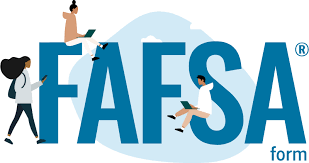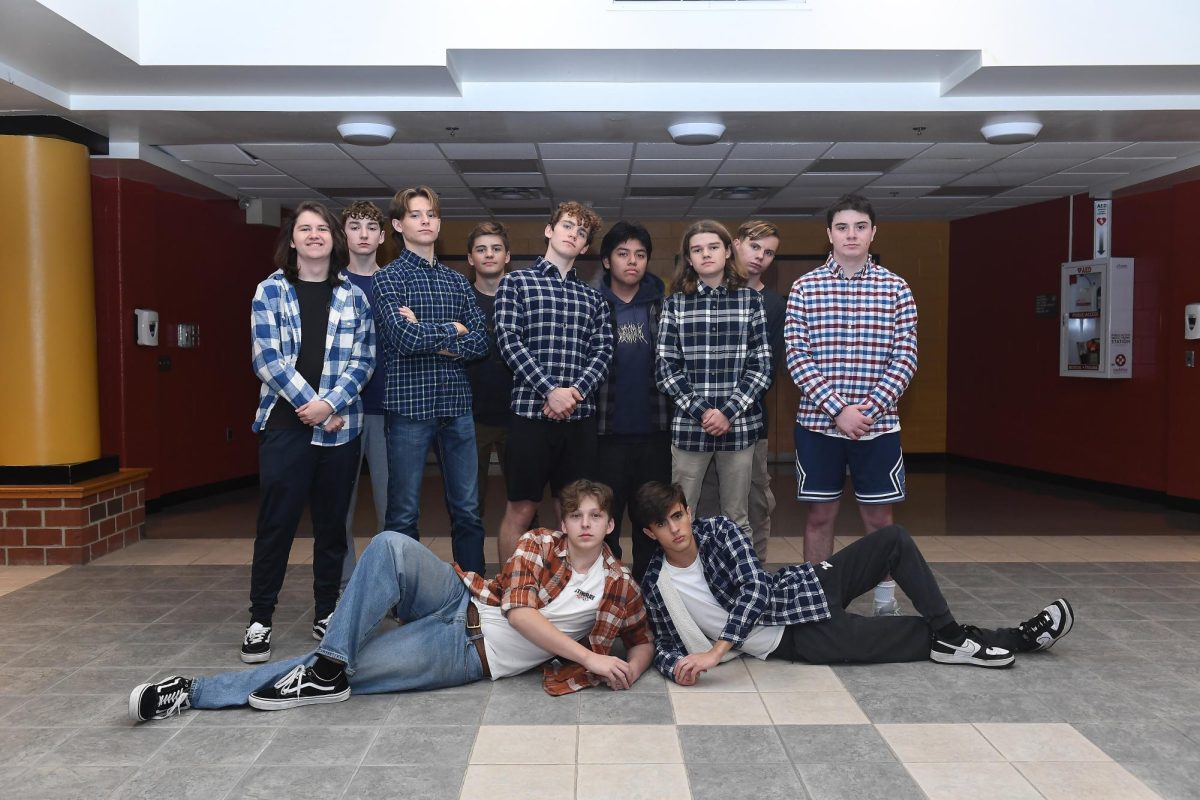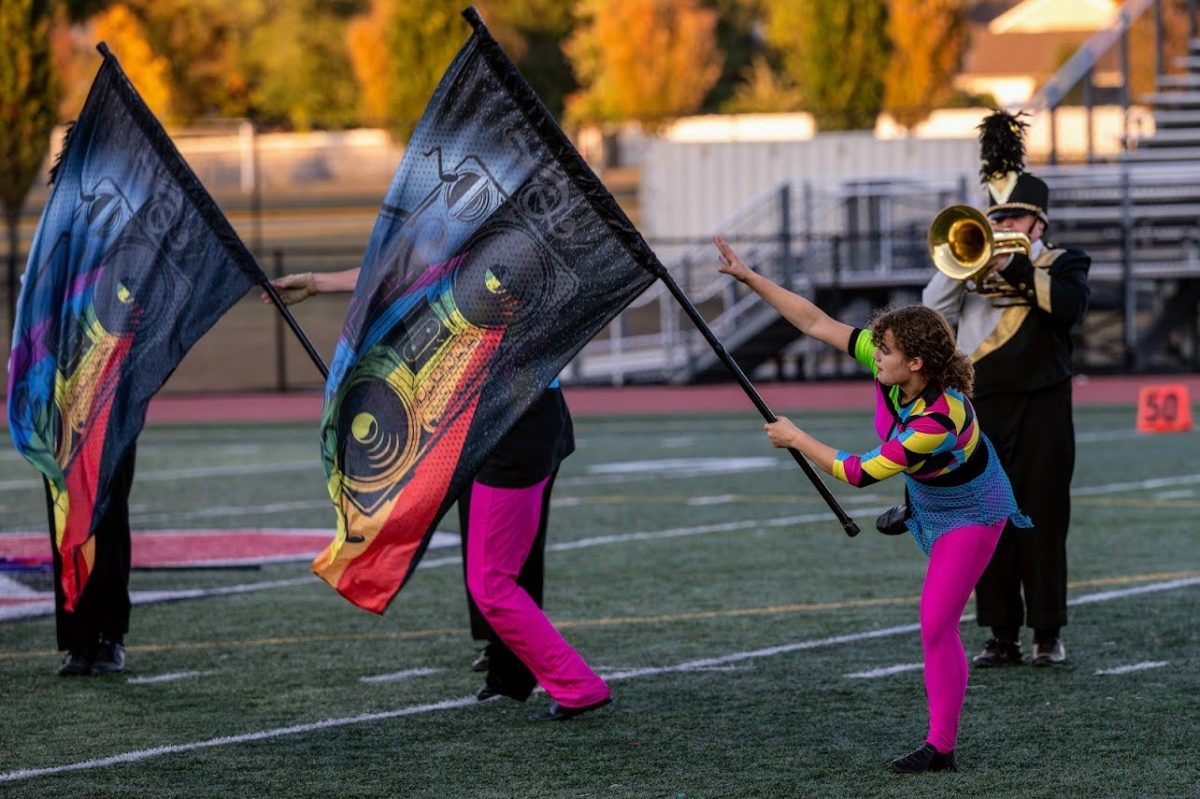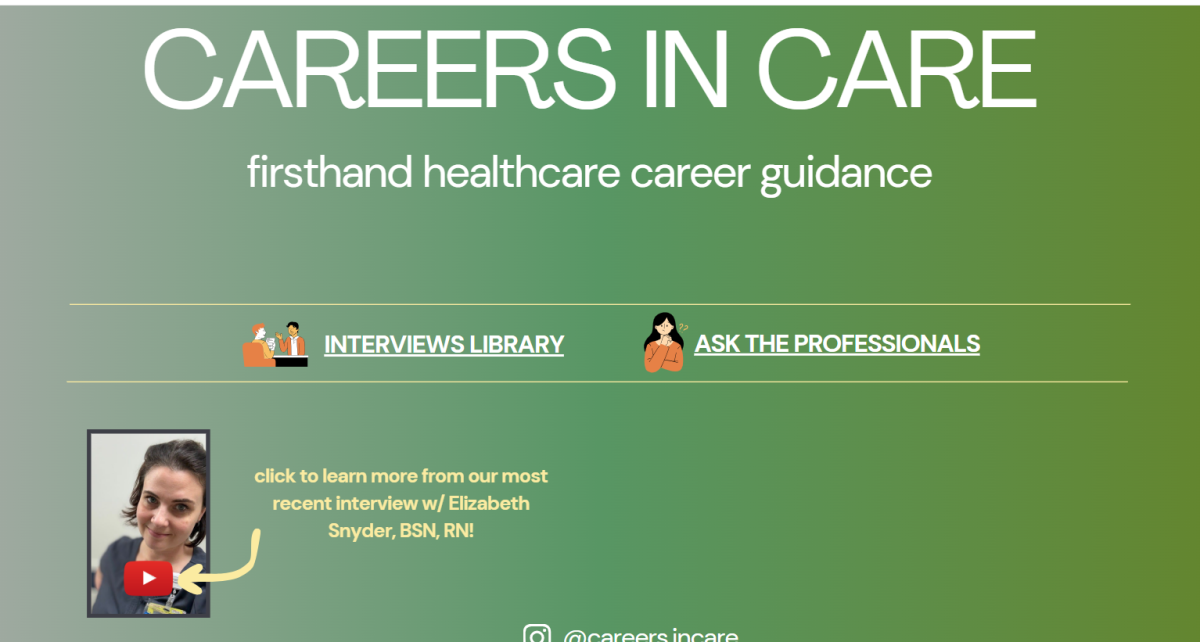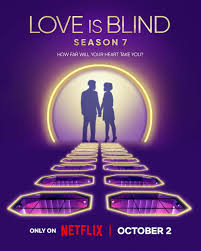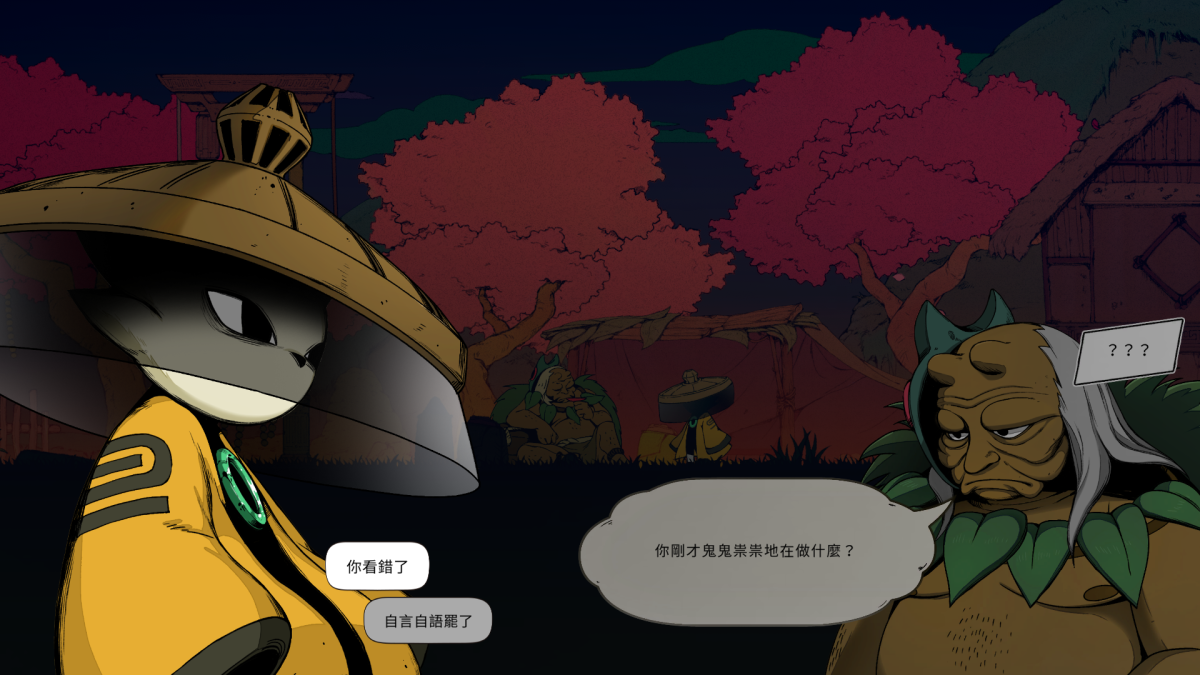When does a person know how much they like someone else? Is it after the interactions began to cumulate? Or in the first impression?
Kyra Malloy, an outgoing senior, pauses to think for a second. She decides it takes approximately a month of “casual communication,” or “sitting together and talking in class,” for her friendships to form.
Dislike is generally much easier to identify. Clothing style, kickball ability, deodorant choice, homework policy, excessive friendliness: anything can be subject to criticism.
Researchers believe judgments can form instantly. Meaning some of these animosities are shaped by first impressions.
“I avoid the people I don’t like,” states one student curtly. “I’m going to be honest, [my judgments] are usually based on appearance.”
Wrinkling her face to recreate a look of disgust, an anonymous swim coach remembers unconsciously “[making] a terrible face after looking” upon seeing a stranger. Giggling guiltily, she admits that “maybe [she has] a little bit of a bias.”
And she’s not alone.
“This is a phenomenon that goes back to the earliest research in social psychology about how we interact with our environment,” says Adam Shrager, psychology and statistics teacher.
He is referring to thin-slicing, a procedure described by the American Psychological Association as the generation of “relatively accurate judgments about others” from brief encounters.
In 1999, Nali Ambet et al. concluded that participants were better able to judge sexuality from a 10-second silent video than from a photo. Researchers found dynamic, nonverbal nature to be a powerful indicator of how strangers are perceived.
As the literature evolved, psychologists realized thin slicing has additional relevance in subjective interactions.
Researchers Ambady and Rosenthal asked college students to decide their feelings about a new professor based on a ten-second video clip. They then compared those ratings with students who took the professor’s class. The ratings aligned. The researchers trimmed the clip down to just two seconds, and the rankings continued to “correlat[e] to a striking degree.”
Thin Slicing in the Wild
The prefrontal cortex generates automatic assessments long before conscious thoughts are made.
Here lies fuel for the complainers, the inspiration behind the classic “I just don’t like her,” a counter to the “never judge a book by its cover”-ers, and a reason for the never-ending salacious babble that makes high school, high school. How many petty feuds go back to an uncontrollable reaction? How confident can a person be in their inexorable convictions?
Very, it seems.
Ben Pollara is a self-identified “judger.” Few are so self-aware in their assessments. Fewer possess his honesty. But Mr. Pollara believes there to be a degree of control in his slices.“If I don’t want to judge, I will not judge.”
His anonymous friend interrupts, “Dude that’s imposs- I’ve never seen that happen.”
Amicable tensions rose as Mr. Pollara retorts, “Yeah because you’re only around me when I’m a judger. You’ve never seen me when I’m a non-judger. [Redacted], you don’t know me well enough. [redacted]….with your orange shirt.”
Mr. Pollara, invigorated by the amicable banter, shares his judgment in real-time. The friend’s perspective has little to do with her neon outfit, but it is relatively easy to lump her presentation into his interpretation of her message as the two trade friendly barbs.
The Dark Side of Thin Slicing
Yet, thin slicing is almost compulsory. “Darwin would say it’s survival…we learned as a society to be scared of the bear. Your amygdala immediately goes into flight or fight,” explains Mr. Shrager. But “John Locke would say ‘tabula rasa’; you have learned, whether it’s from media, or your environment, or your friends telling you, to be frightened.”
Fright like no other swept over New York twenty-two years ago. The nation watched in horror as two beacons of American hegemony collapsed in on themselves, crushing thousands of civilians. In its aftermath, Americans reevaluated public security and each other.
The “most interesting thing” about the attack of September 11, according to Mr. Shrager, was “a dramatic decrease in prejudice towards Black Americans.”
“When we’re making these snap judgments, nothing easier than gender, size, hair…we all do it. To me, that’s all part of this thin-slicing phenomenon,” Mr. Shrager continued.
The spit-second evaluation process isn’t predicated on logic. An orange shirt says nothing about the strength of a relationship. One cannot understand a teacher’s credentials in two seconds. Even judgments that take longer, like Kyra’s choice to befriend a classmate, are informed by a mountain of knowledge about what “safe” looks like.
In the wake of a national tragedy, there was an alteration in who safe looks like. The events of September 11th created a second wave of innocent victims. At a glance, strangers started to resemble terrorists. Hate crimed, profiled, and fired; thin slicing furthered paranoia and bred prejudice against Americans.
Resisting The Slice
One of the first and most repeated lessons a child learns is not to speak if they don’t have something nice to say. Gossip is fun for this very reason: it feels like breaking some unspoken rule. Like many universal processes, thin slices take on a taboo undertone.
Rapid cognition or instant reactions remain highly impressionable (the halo bias and peripheral route of persuasion explain that presentation, especially perceived attractiveness and context influence first impressions) . Subtle (e.g, Measor & Sykes, 1992’s findings that female students receive 20 percent less attention from teachers) and obvious differences (e.g. disparities between white and black conviction rates) in how people treat one another reflect this constant and often harmful mechanism.
Here, some believe, lies an opportunity for growth.
“I’m in my fifties. My mother was a clinical psychologist,” Mr. Shrager begins. “She taught me that homosexuality was wrong…then, I went to high school in Greenwich Village, and way before most of the population, I started having gay friends. It became very clear to me my initial prejudice [was flawed]… I would like to think that I’ve completely unlearned it. My mother… was simply expressing what she knew.”
Mr. Shrager emphasizes a belief in the malleable nature of bias. He even pushes back against the notion that teacher-student relationships develop as fast as Ambady and Rosenthal suggest. In his 25 years as an educator, Mr. Shrager’s grown to believe that while “initial impressions of a teacher might match with Rate My Professors” (a site for students to share their often harsh opinions about college teachers), “there’s a lot of exceptions.”
